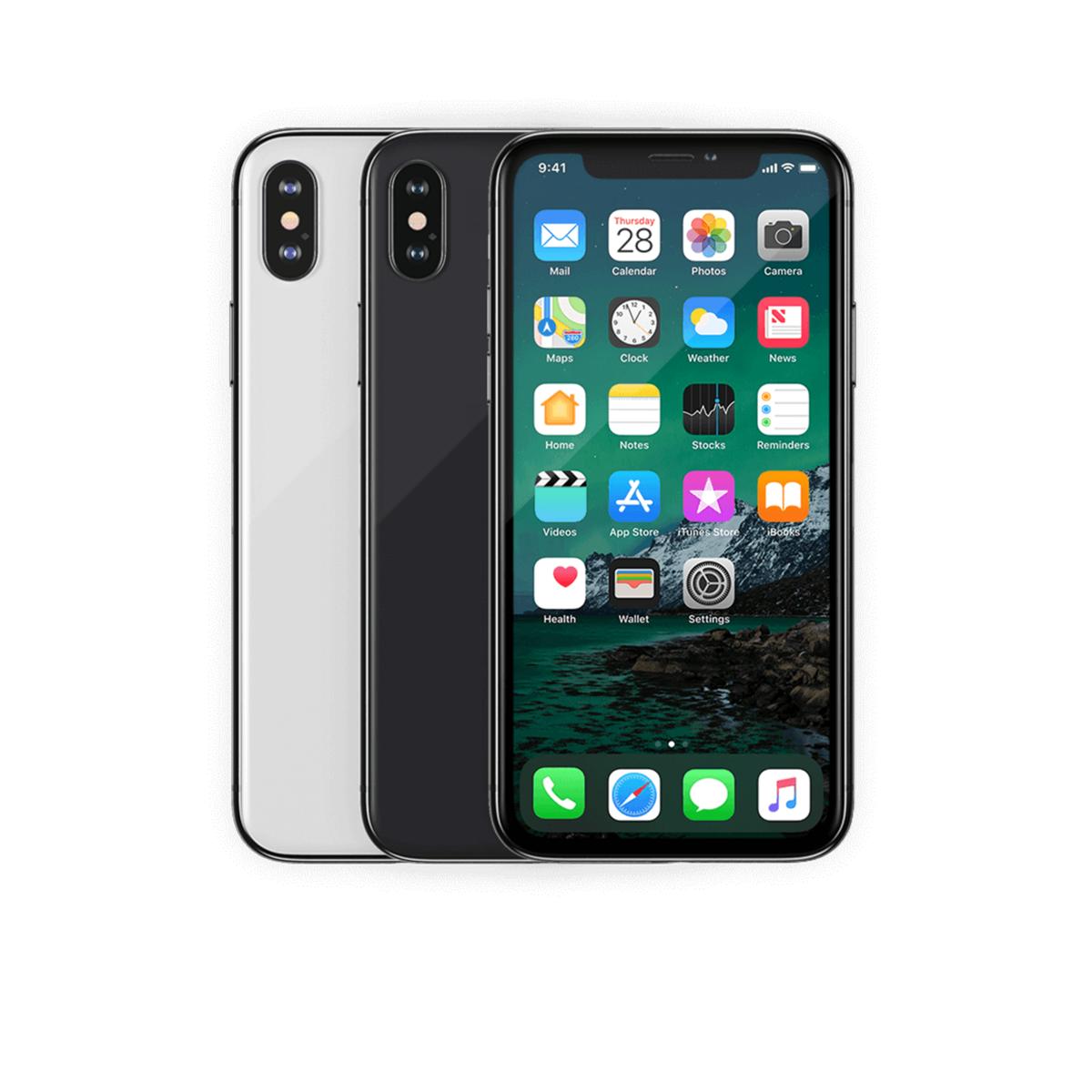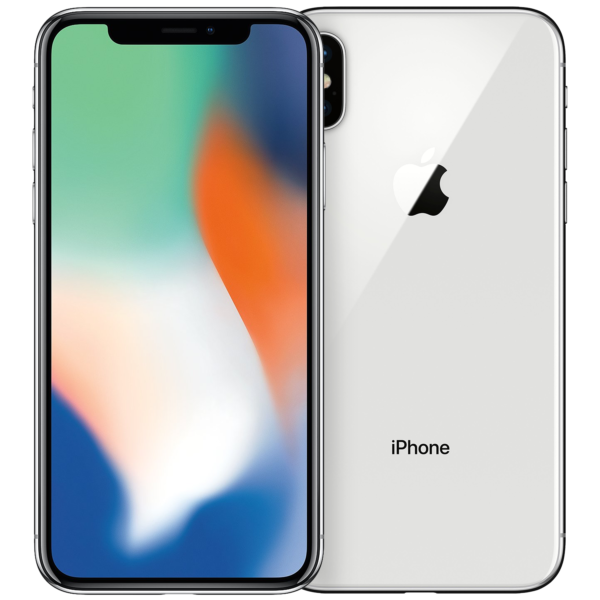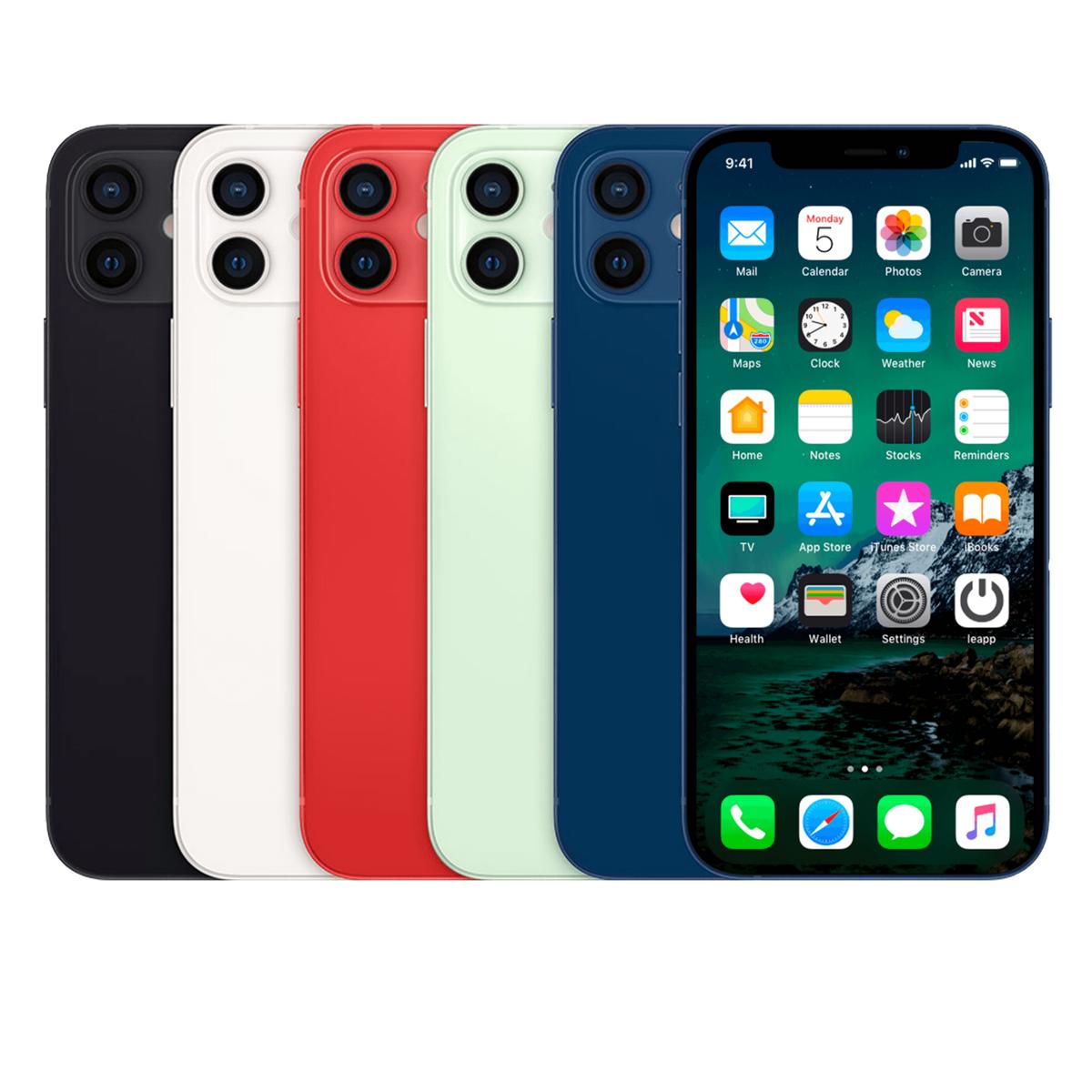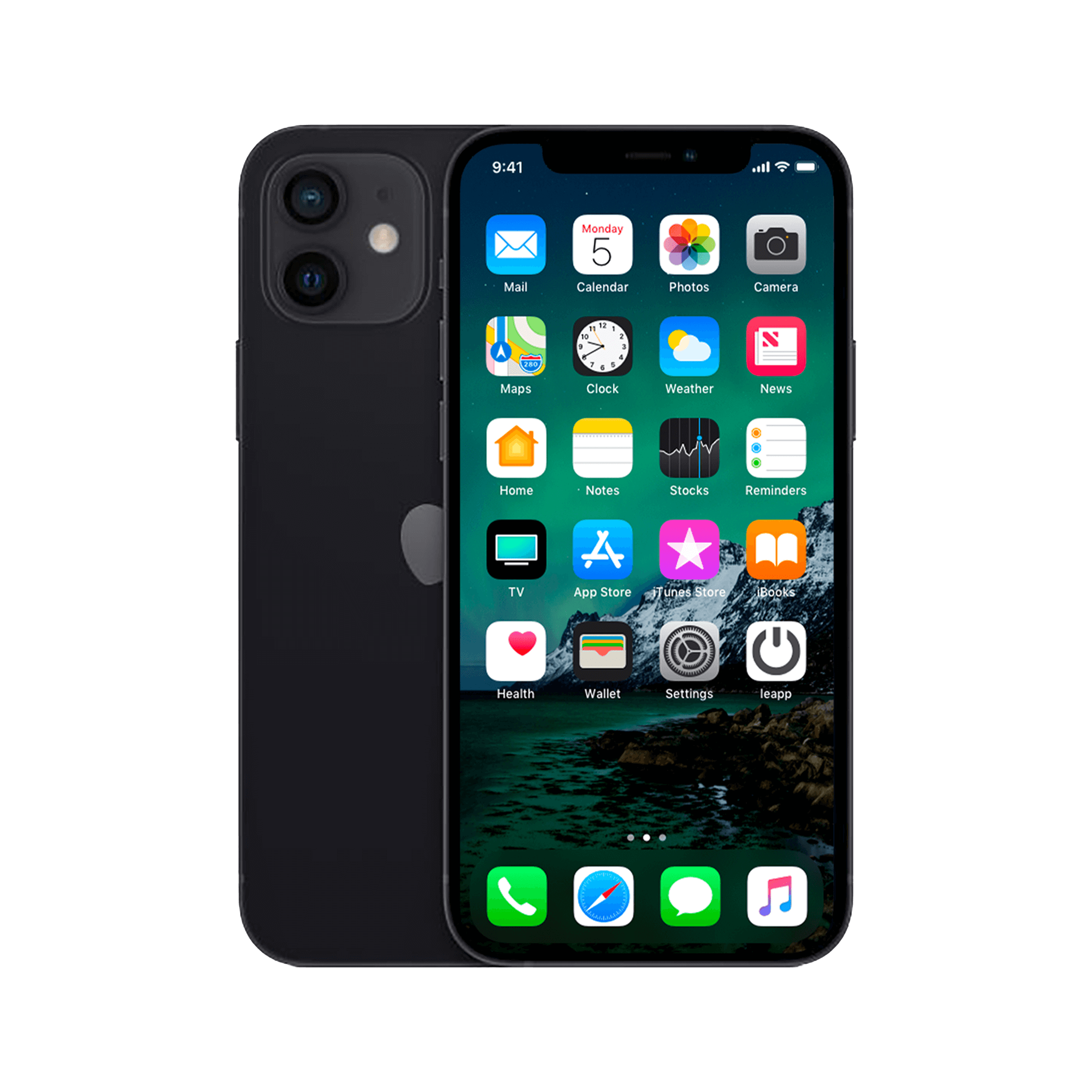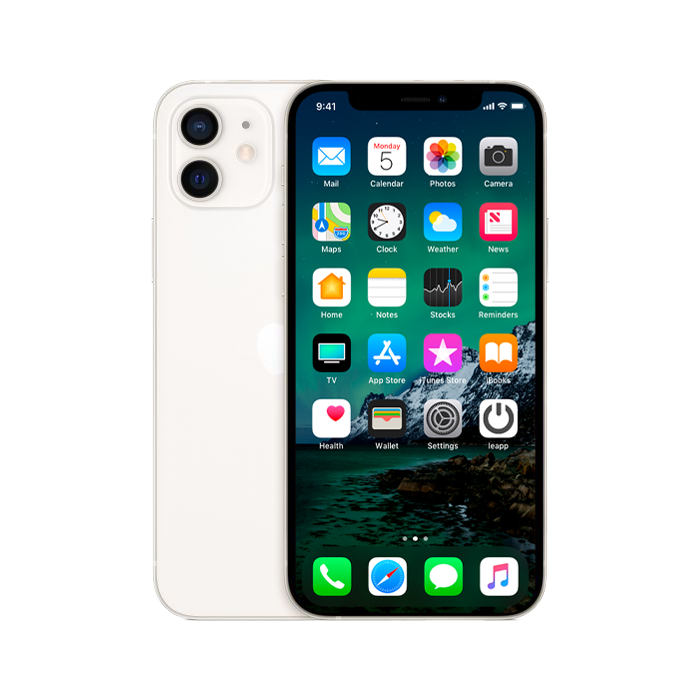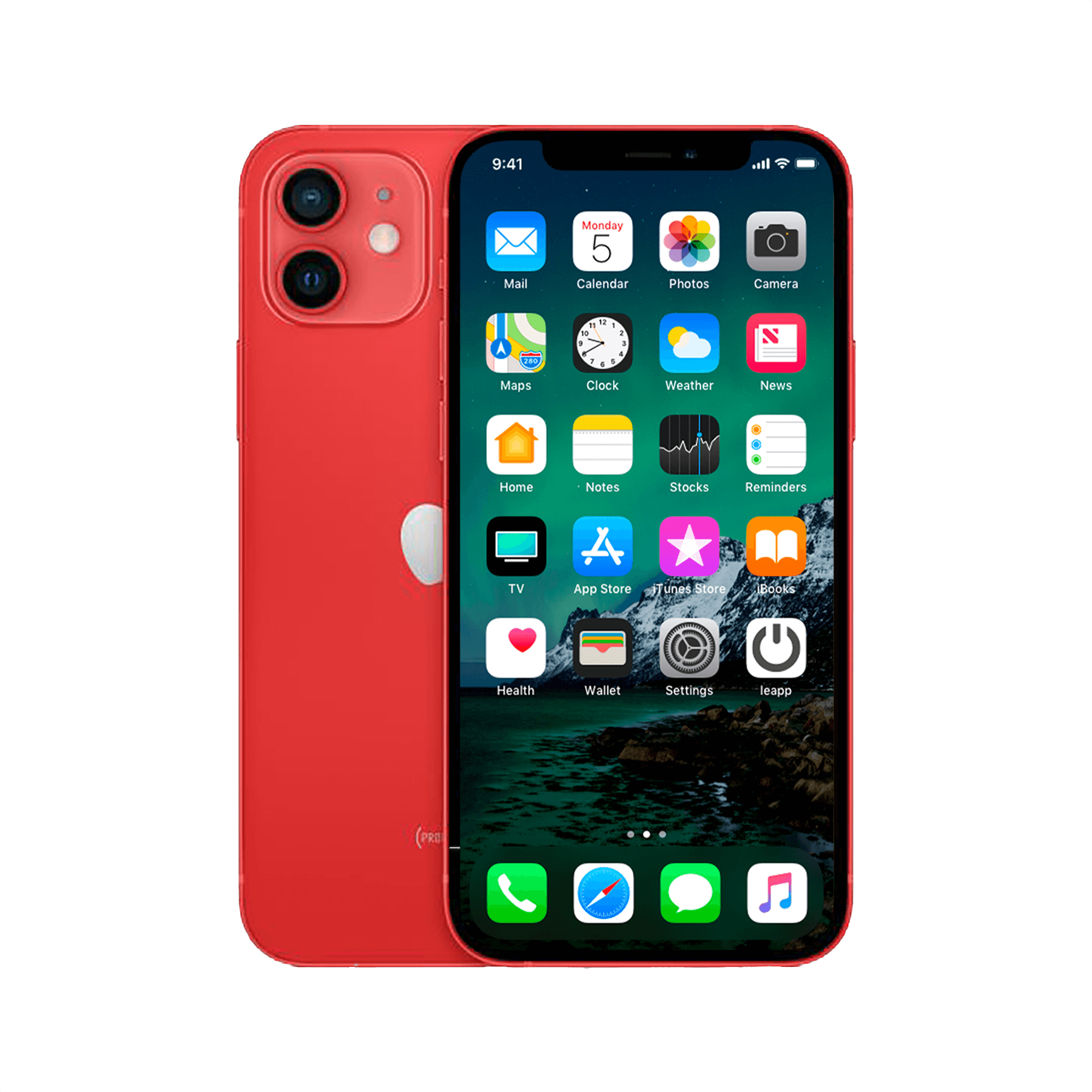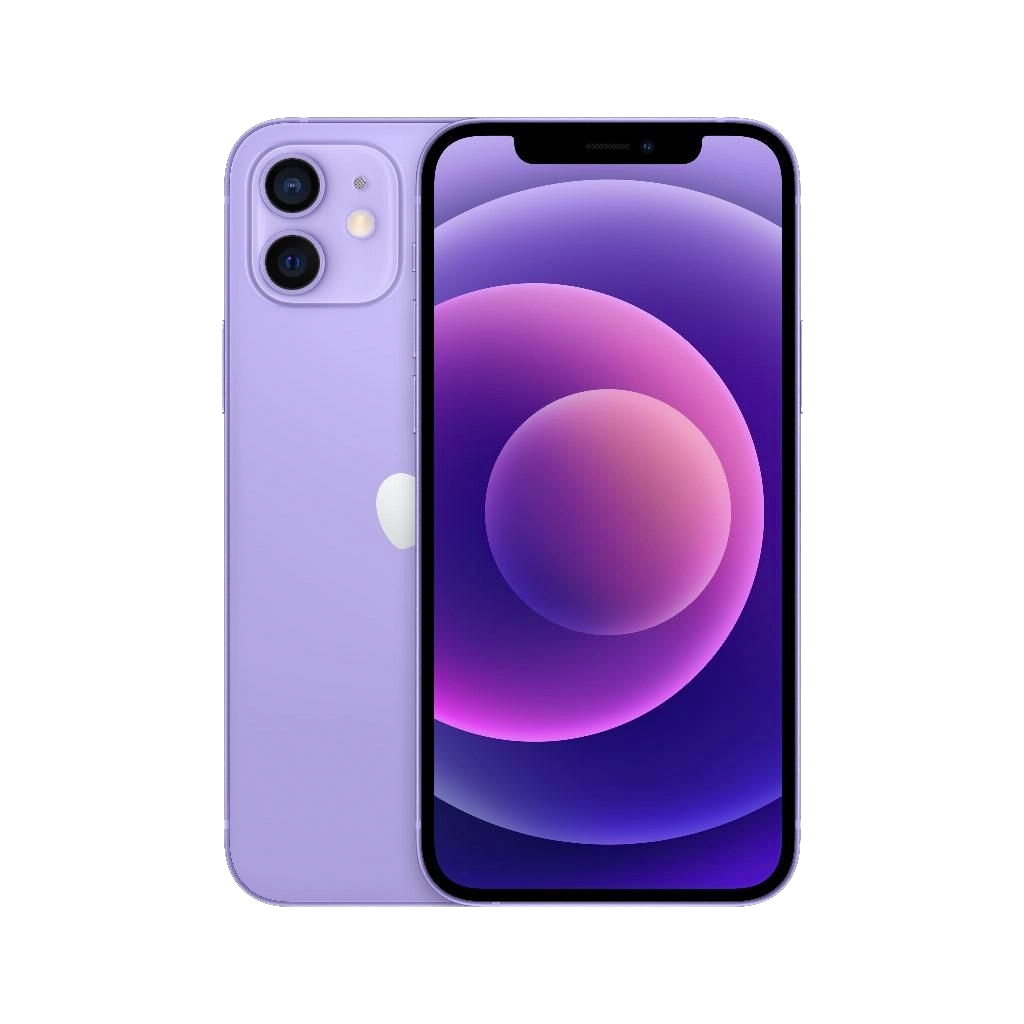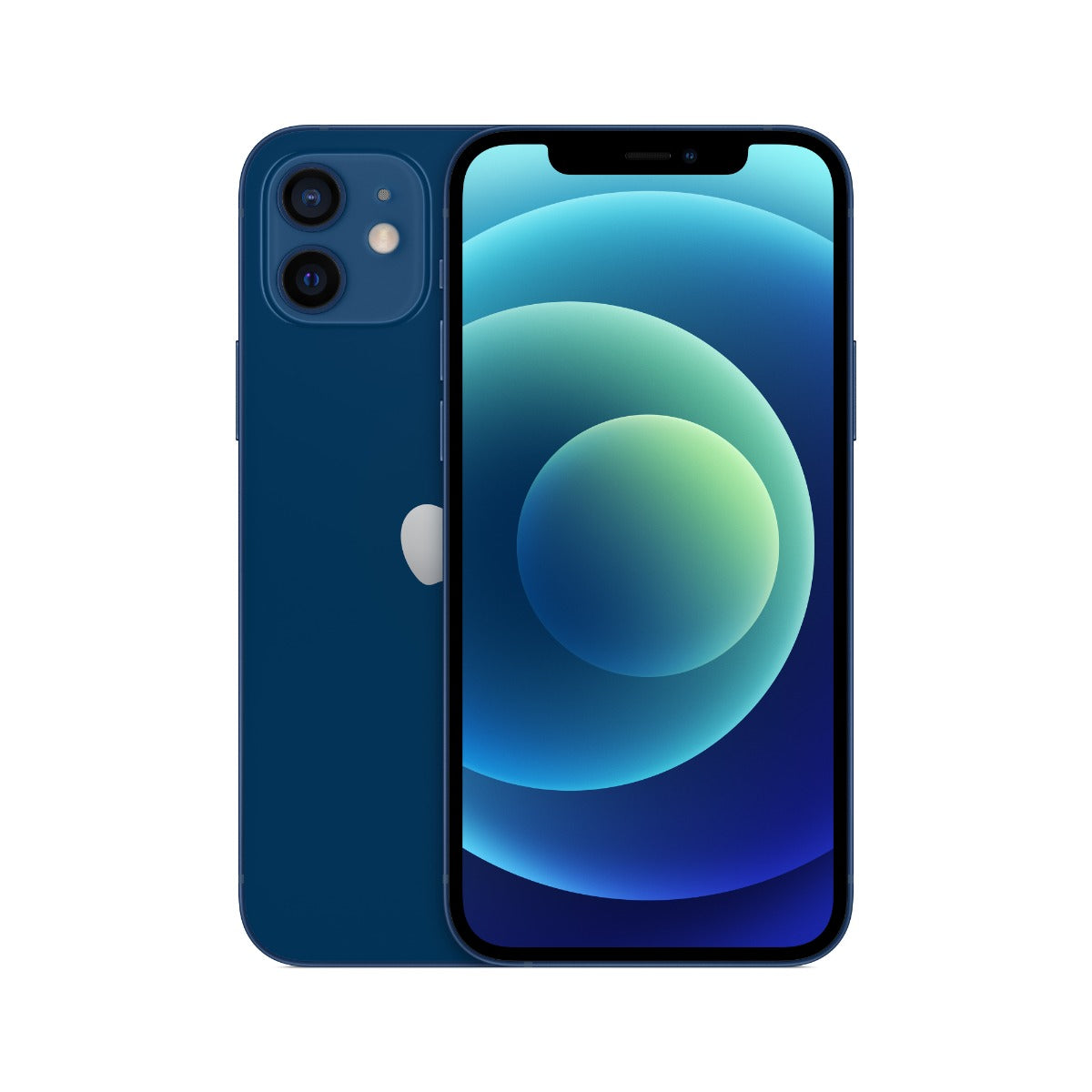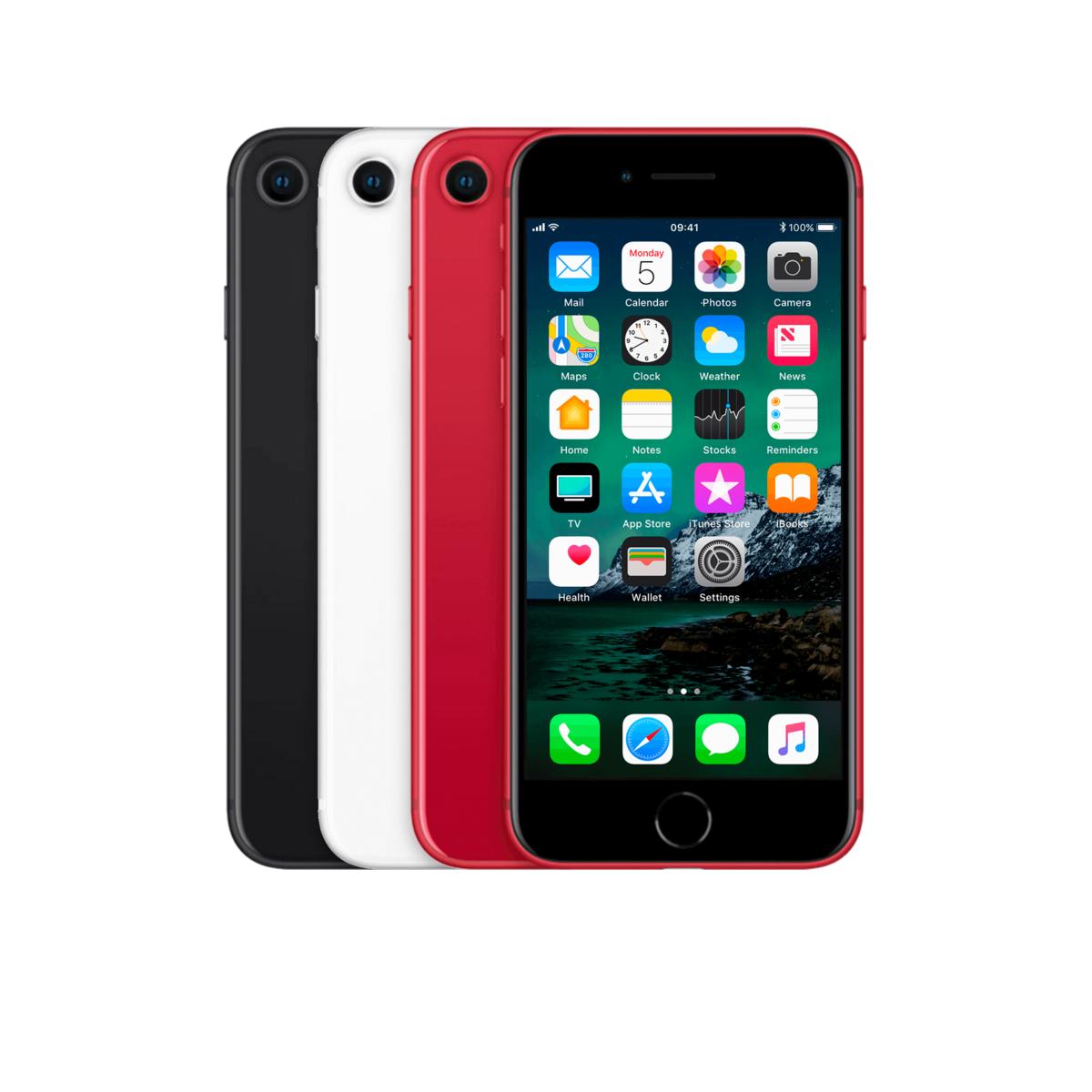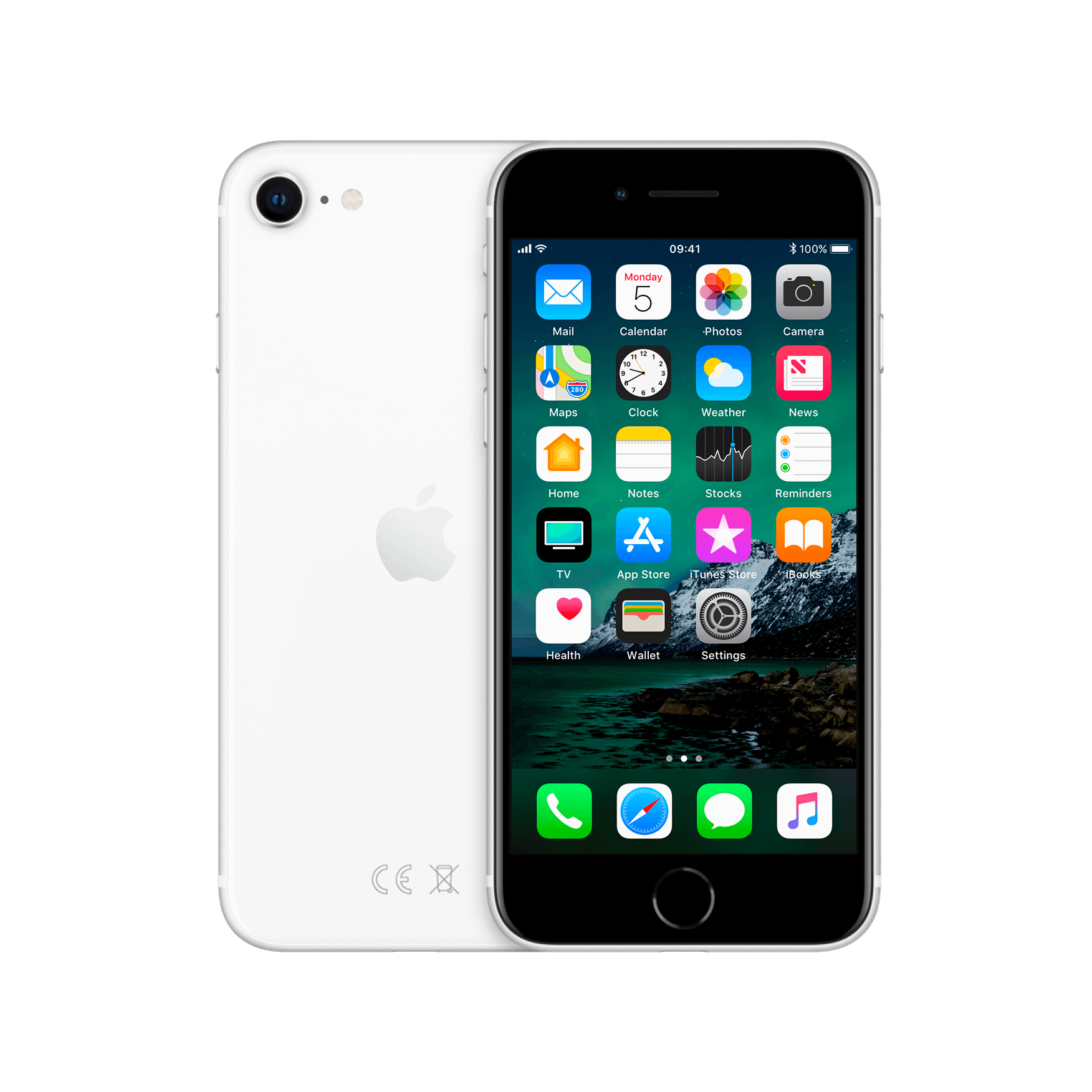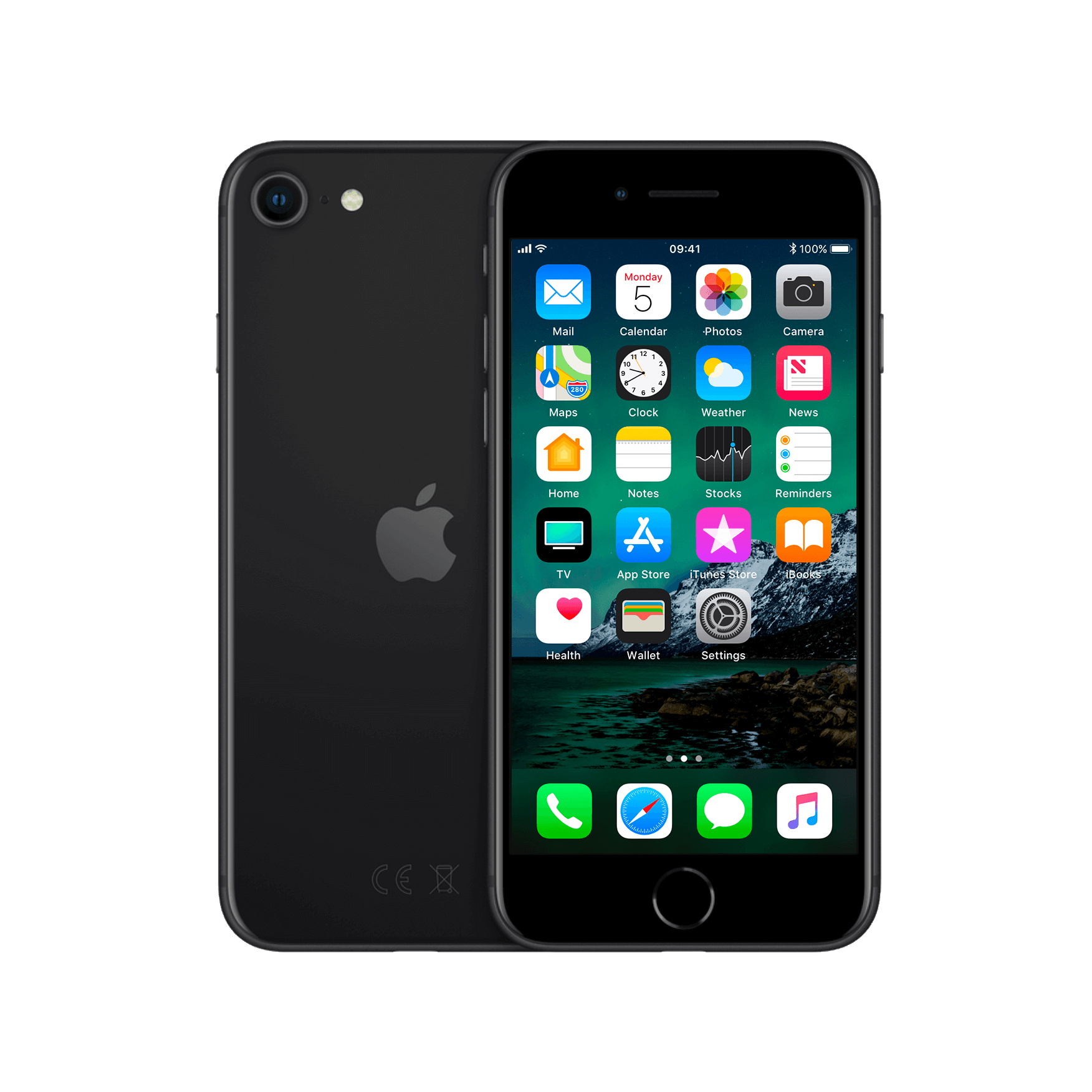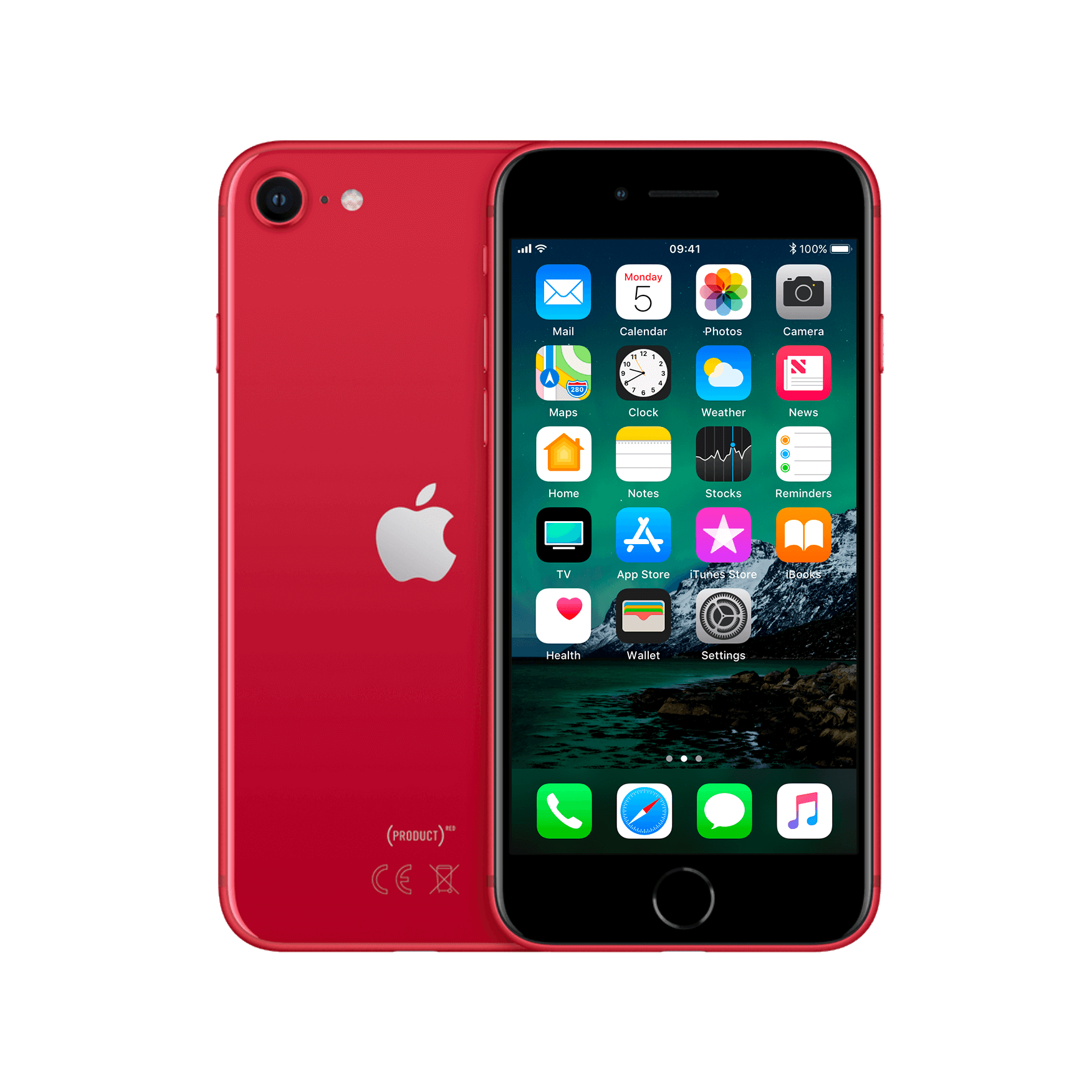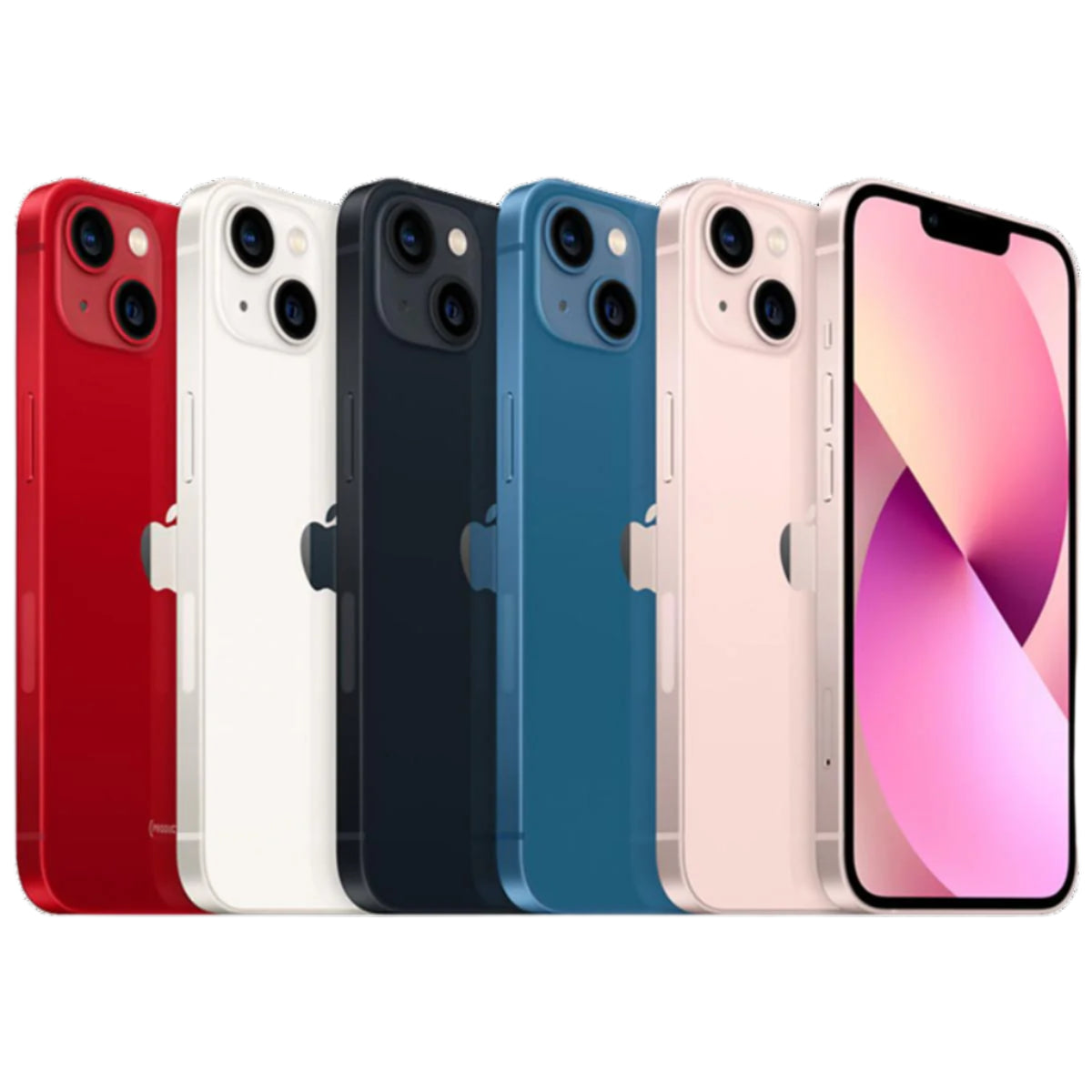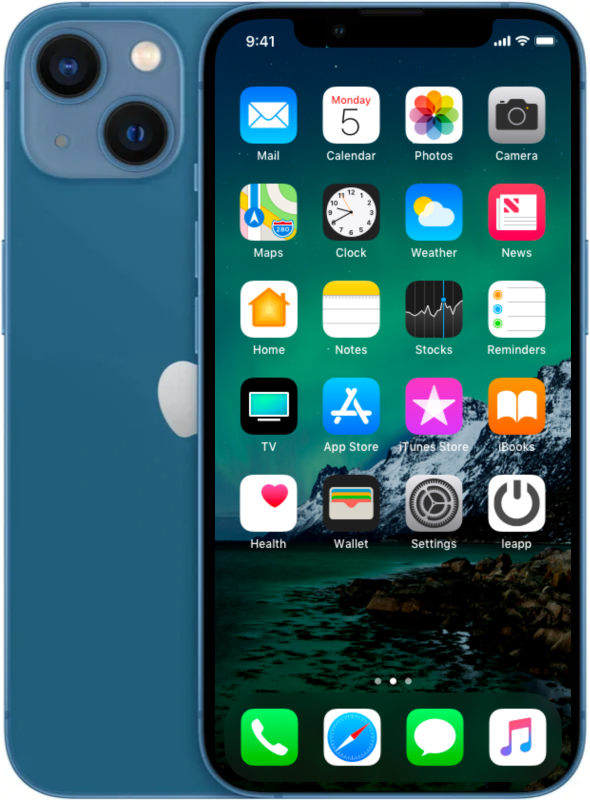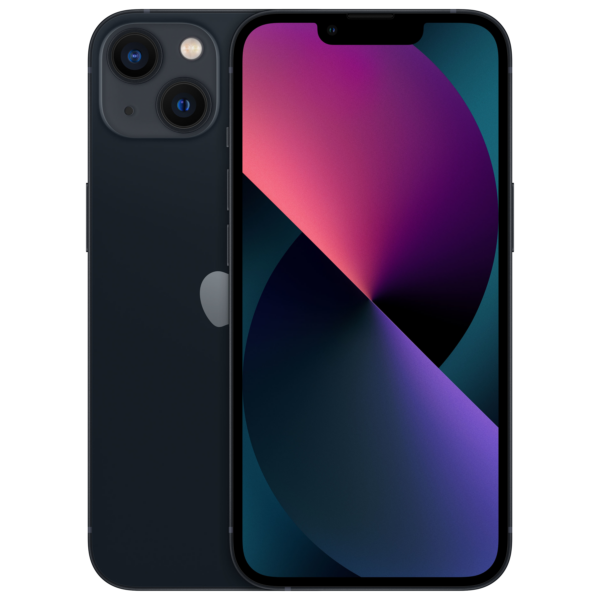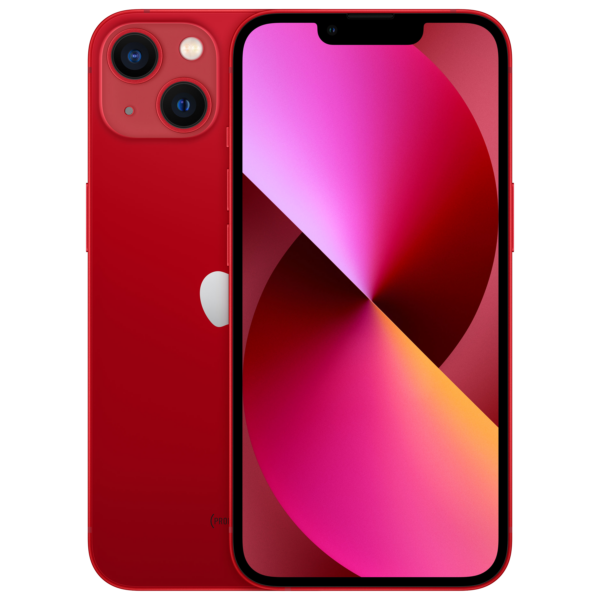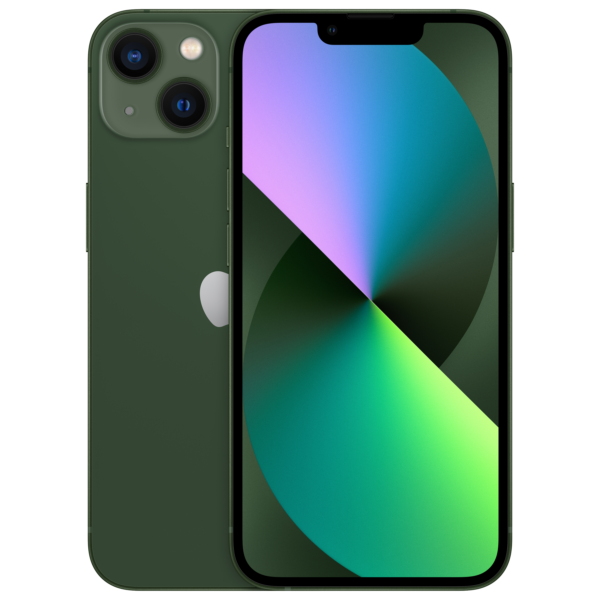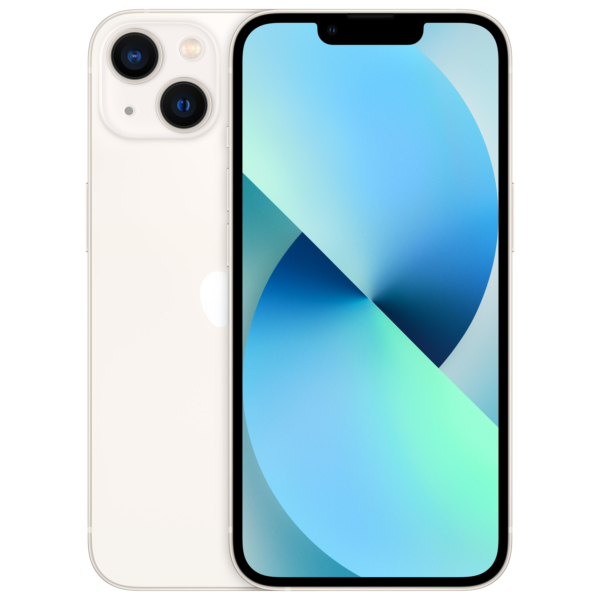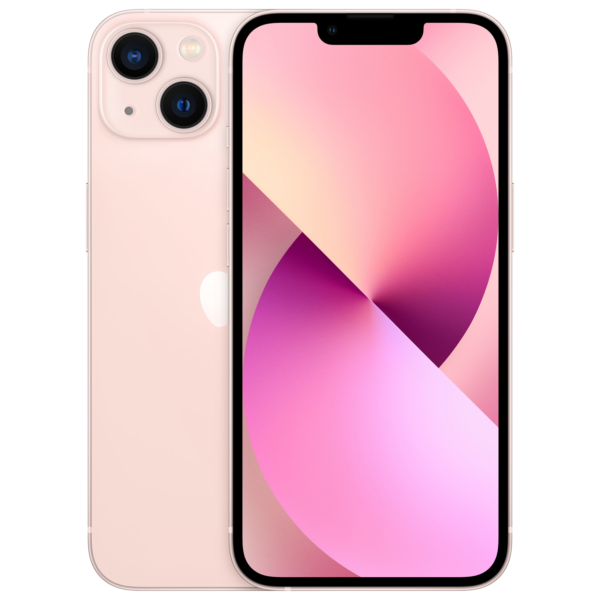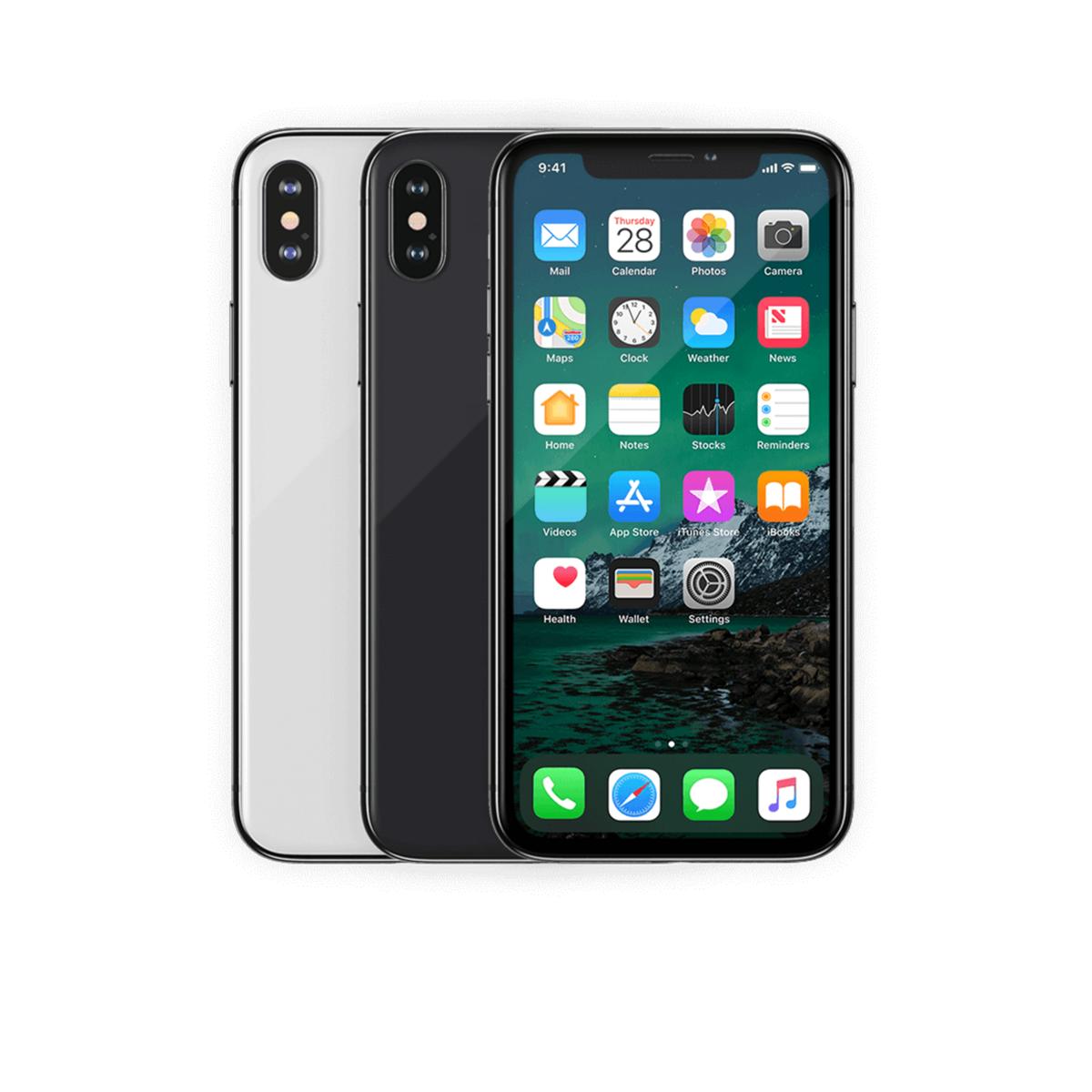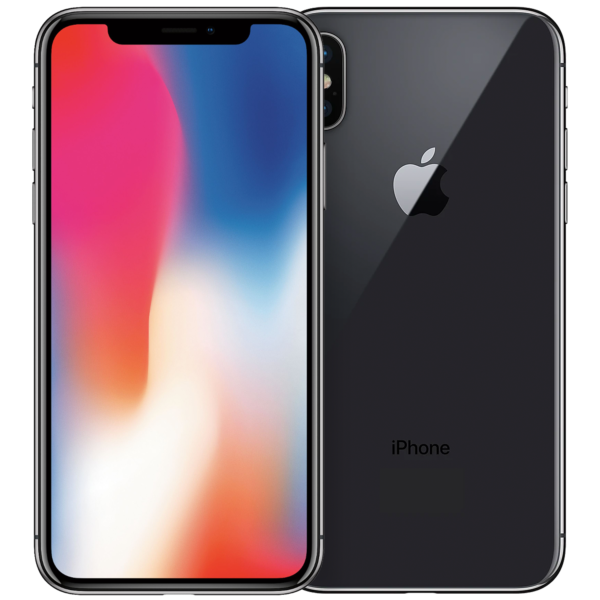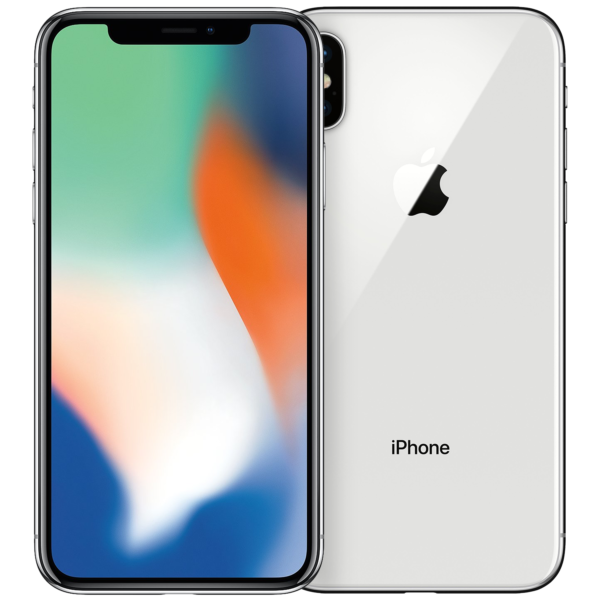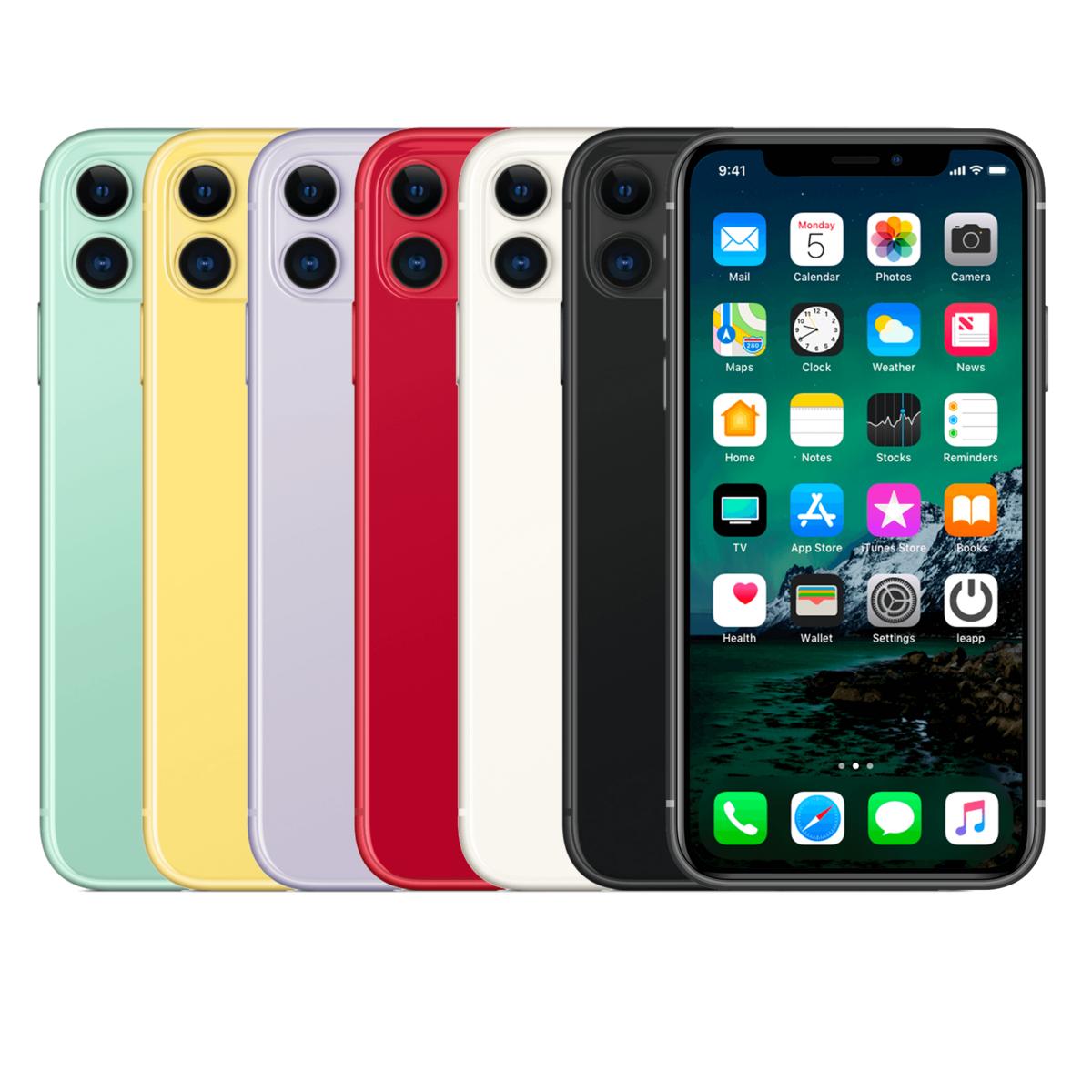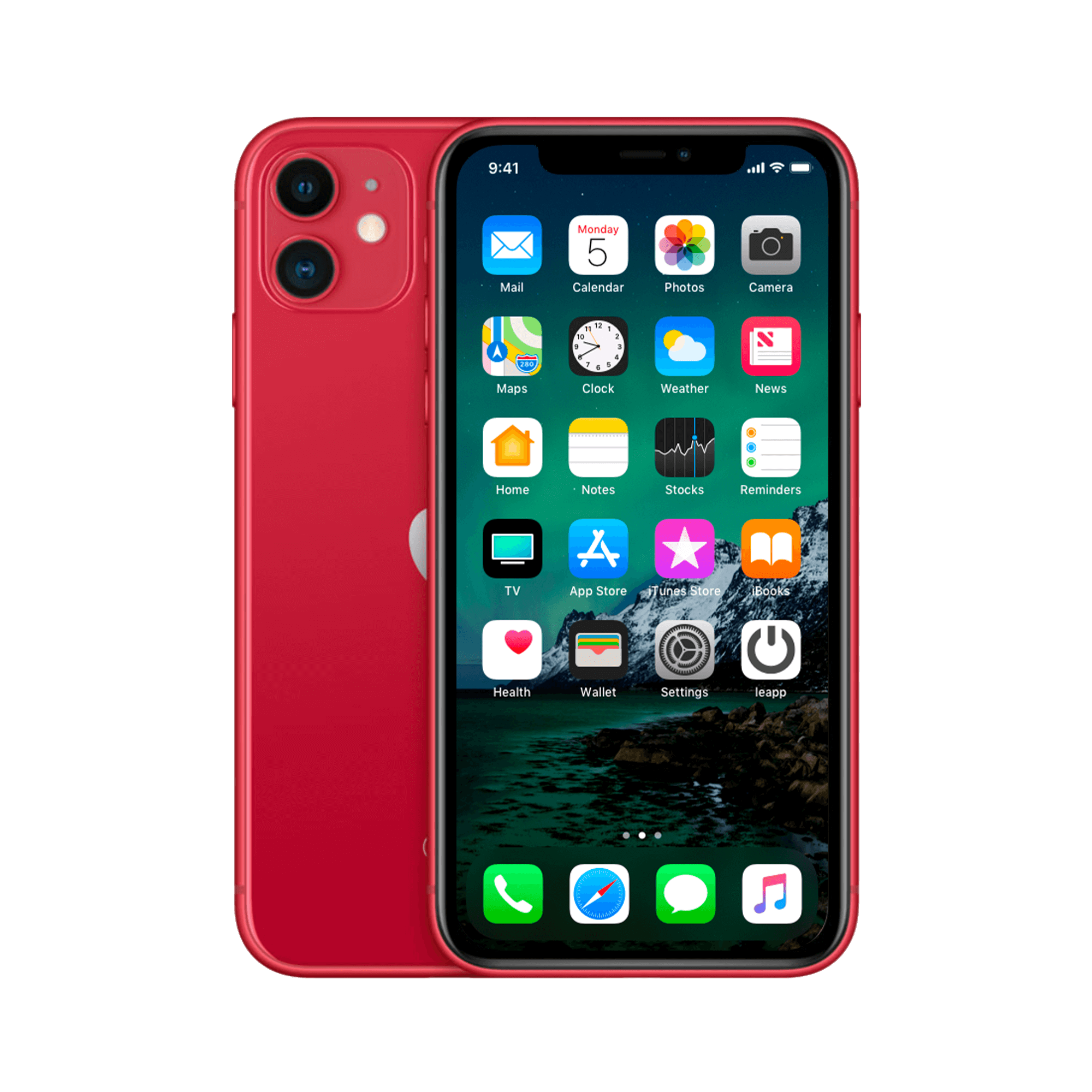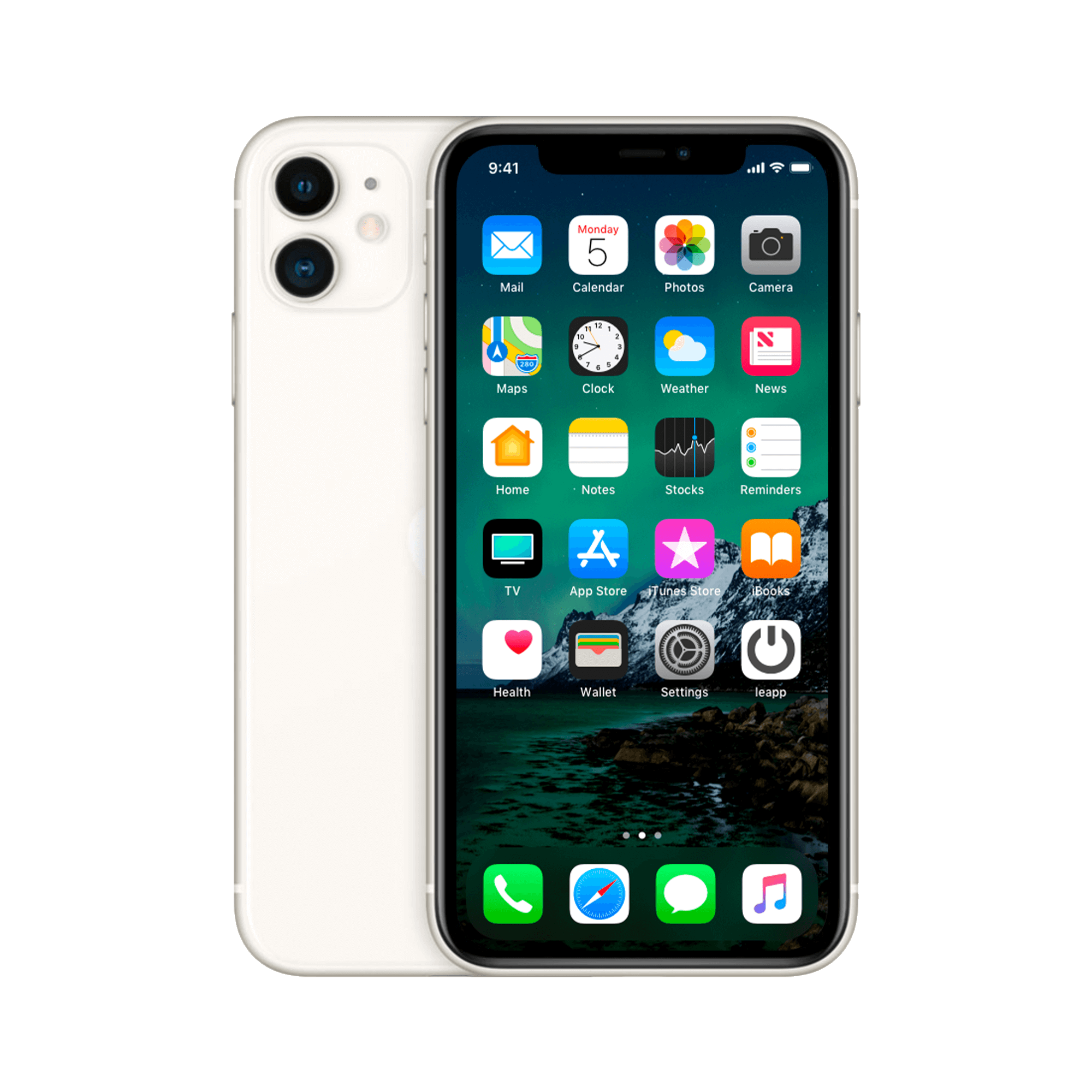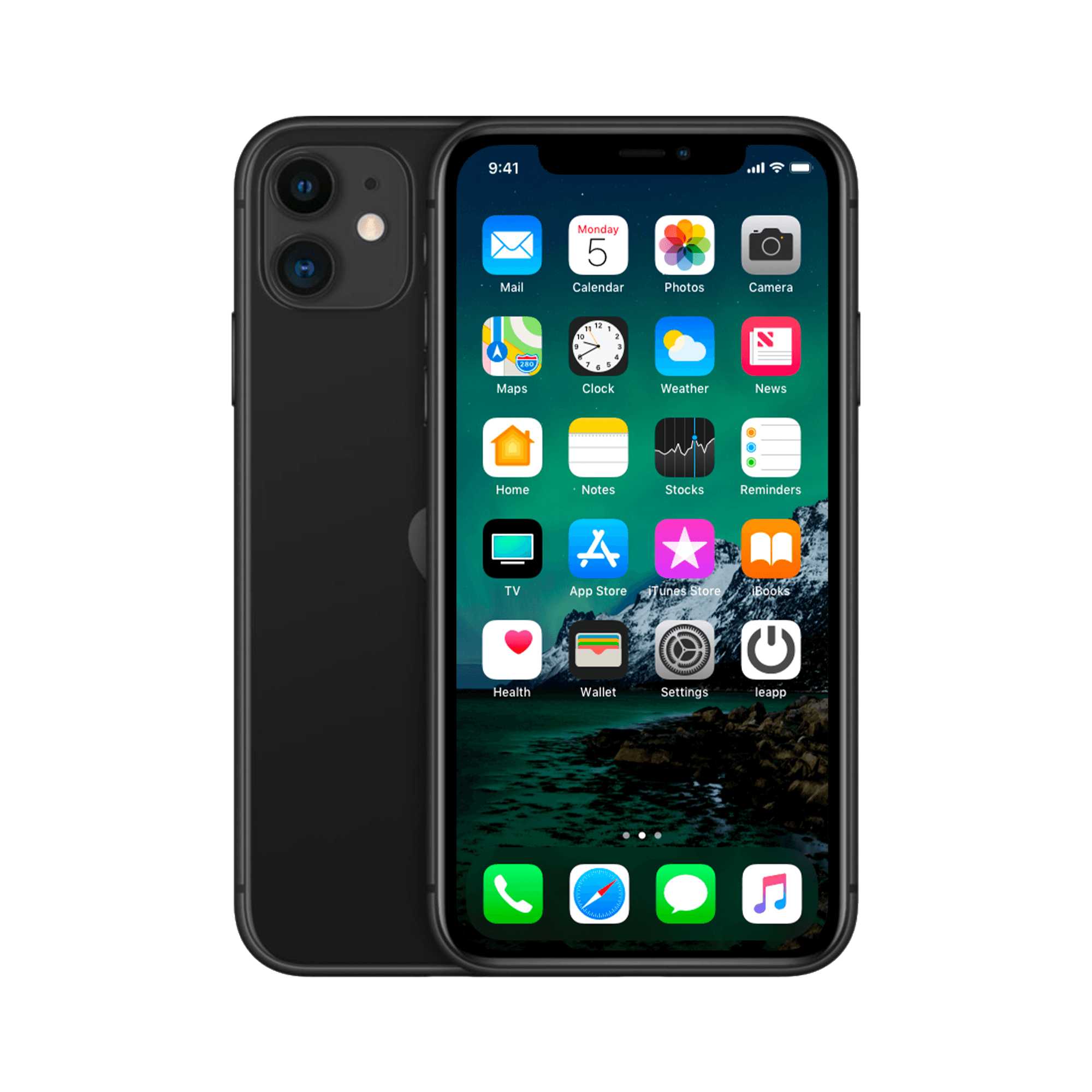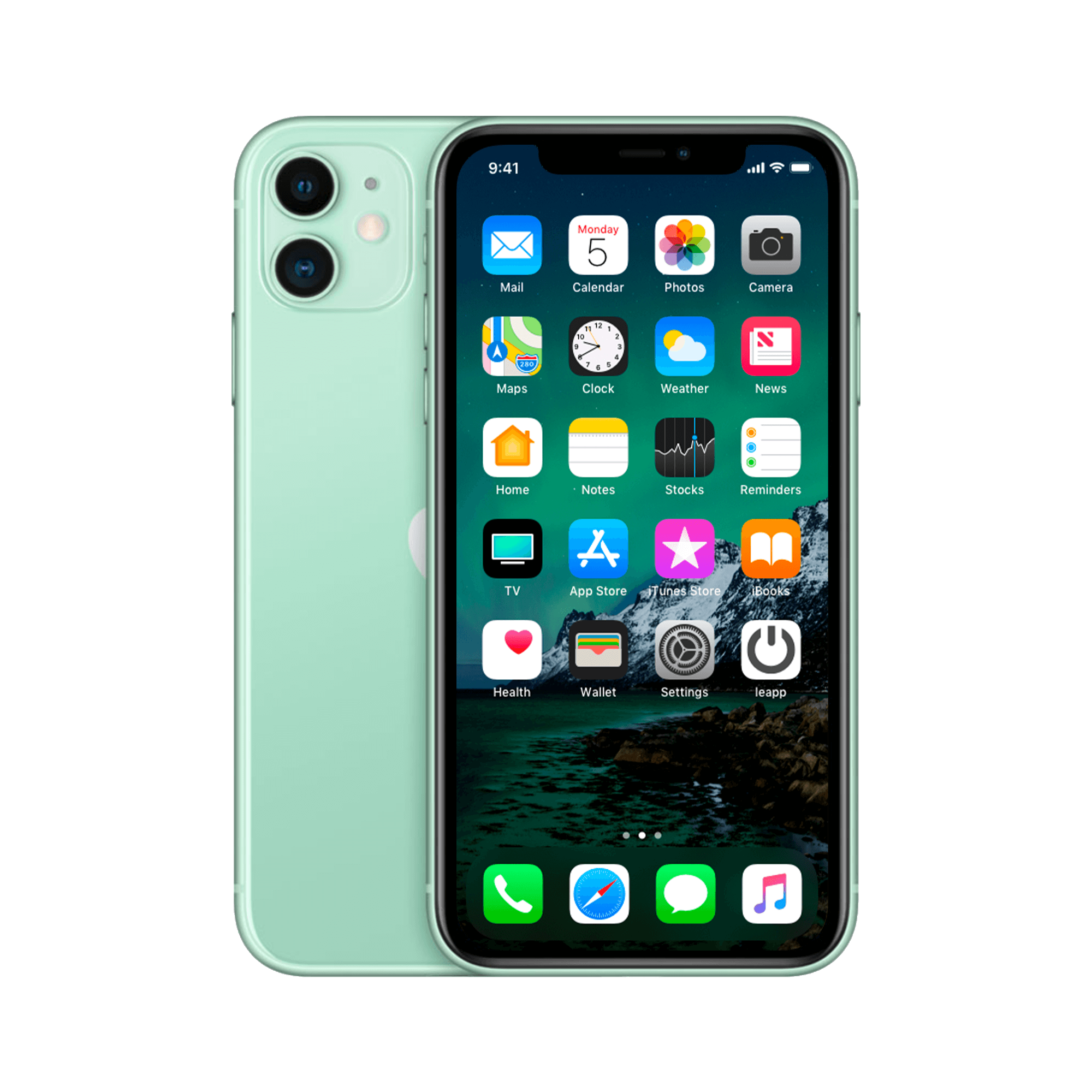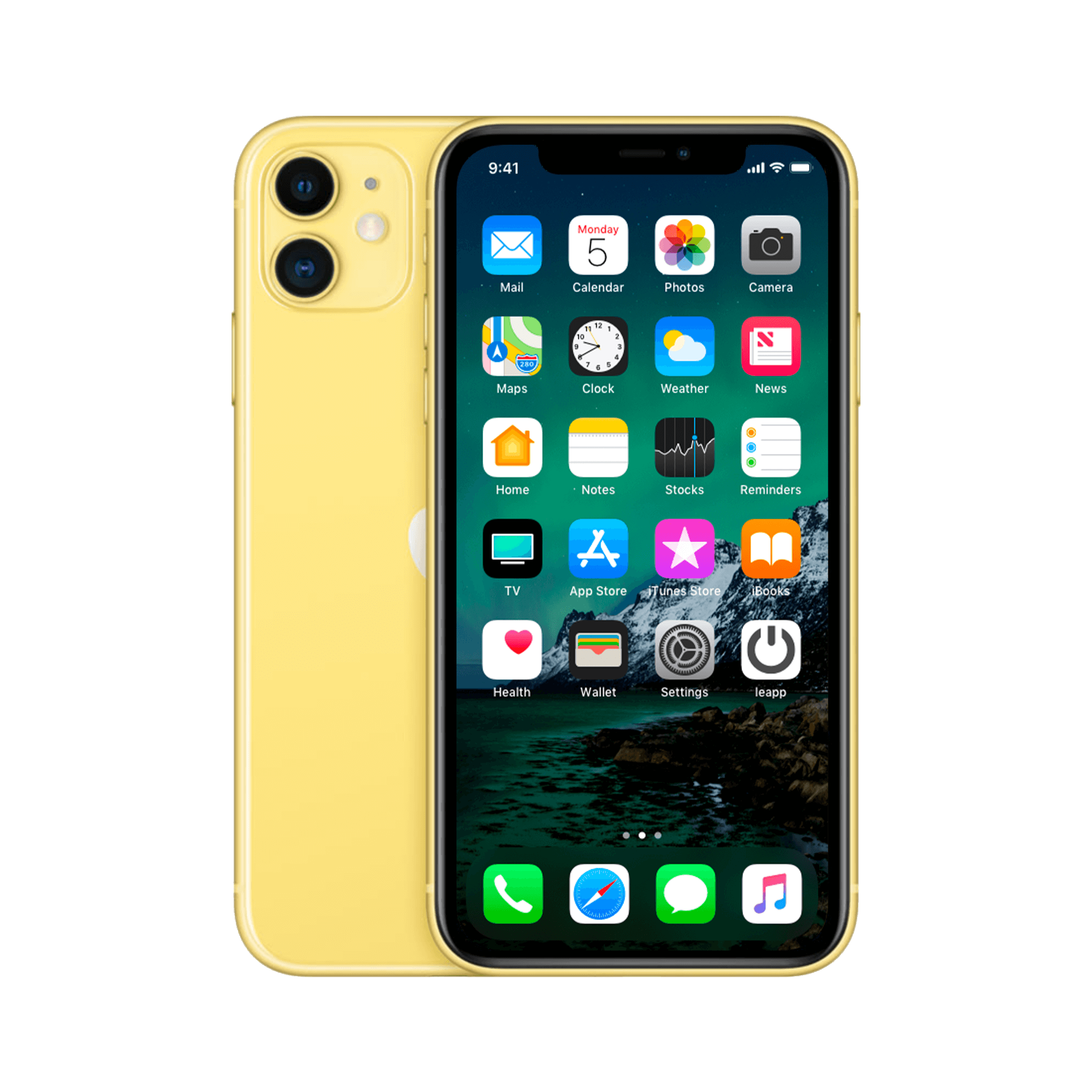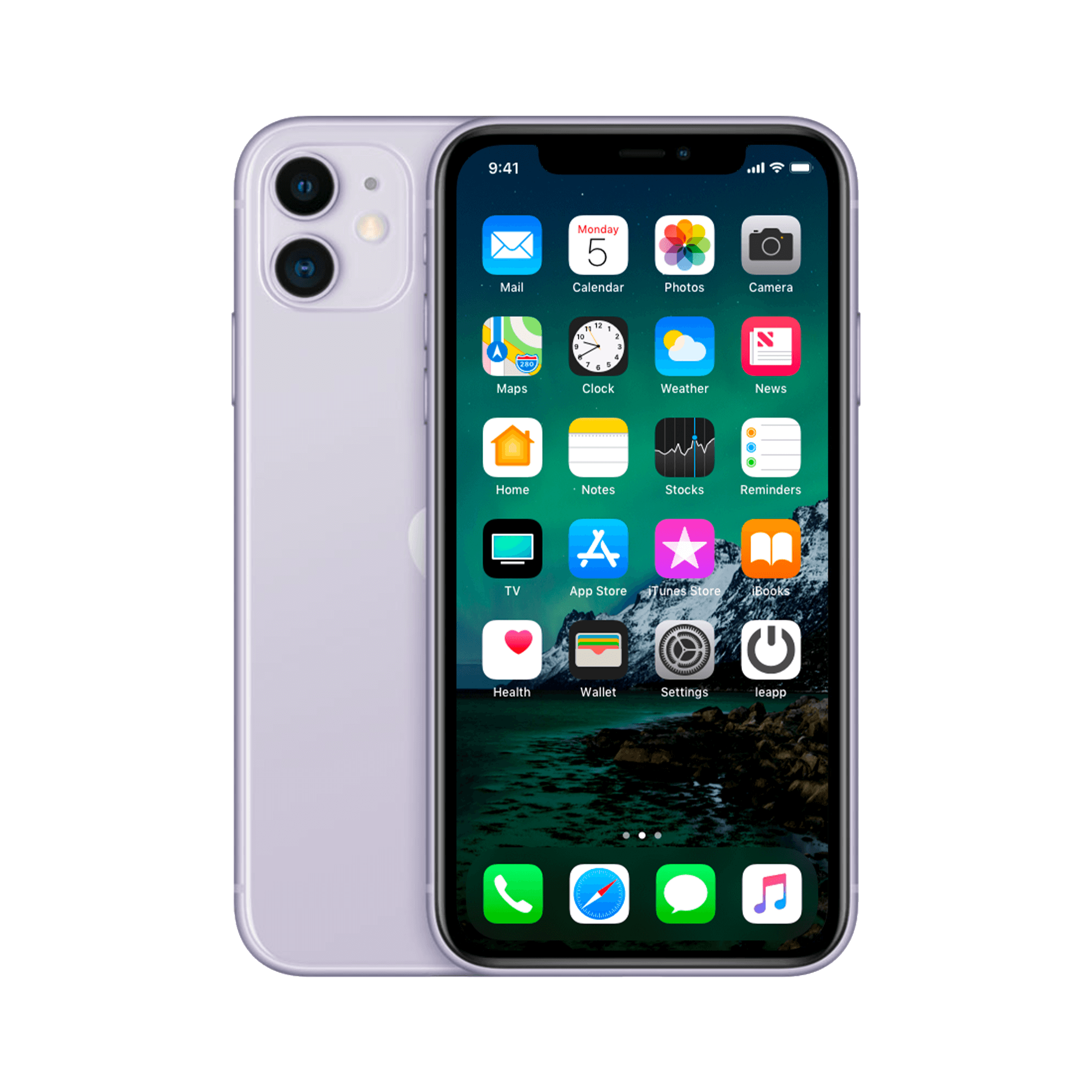iPhone 11 or 13: Which one is right for you?
iPhone 11 or 13? Compare specs. Read reviews. Check prices. You get lost in megapixels and processor speeds. But here's what no one tells you: for most users, the difference between an iPhone 11 and iPhone 13 barely matters in daily use. In fact, that "older" iPhone 11 might actually be the smarter choice —not despite its age, but because of it. Because while everyone else is chasing the latest, the real story lies in what you actually use versus what Apple wants to sell you. That two-year difference? That means a well-designed phone without teething problems, for hundreds of euros less . And that difference will determine whether you're happy with your choice, or whether you'll wonder why you paid so much for features you never use.
Useful links
The practical differences that matter
Choosing between an iPhone 11 and iPhone 13 isn't about the latest features, but about what you do with your phone every day. The iPhone 11 was released in 2019, the iPhone 13 in 2021. Two years of difference in technology, but what does that mean for your use?
Let's be honest: for WhatsApp, Instagram, taking photos, and occasionally watching Netflix, you'll barely notice the difference. Both devices run the latest iOS version flawlessly and will continue to do so for years to come. The real difference lies in specific situations you might not even think about.
Screen quality: more than just pixels
The iPhone 13 has an OLED screen, the iPhone 11 an LCD screen. In practice, this means colors on the iPhone 13 are slightly more vibrant and blacks are truly black. But here's what no one tells you: outdoors in bright sunlight, the iPhone 13 performs noticeably better. The screen gets up to 800 nits brighter, compared to 625 nits on the iPhone 11. It sounds like marketing gibberish, but if you often work outside or spend a lot of time on the train with sunlight shining on your screen, it makes a difference.
For indoor use? Then the iPhone 11's LCD screen is perfectly fine. In fact, some people find LCD easier on the eyes during extended use, especially at night.
Performance in practice
The A15 Bionic chip in the iPhone 13 is about 20% faster than the A13 in the iPhone 11. But when will you notice that? You won't see any difference when opening apps. You won't see any difference when scrolling through social media either. The difference is most noticeable when:
- Heavy games like Call of Duty Mobile or Genshin Impact
- Video editing with apps like LumaFusion
- Using multiple heavy apps at the same time
- Future-proofing for iOS updates in 4-5 years
For the average user who primarily uses apps, emails, listens to music, and takes photos? With the iPhone 13, you're essentially paying for power you're not using.
Cameras: When Do Megapixels Matter?
Both phones have a dual rear camera with a wide-angle and ultra-wide angle. The iPhone 13 adds some smart features like photographic styles and cinematic mode. Sounds impressive, but how often are you going to shoot a video with a blurred background?
The real difference is in night photography. The iPhone 13 takes noticeably better photos in low light. Night mode works on all cameras, including the selfie camera. On the iPhone 11, it only works on the main camera. Do you take a lot of photos at parties, in restaurants, or just at night? Then the iPhone 13 is the better choice. For daytime photos, you'll hardly see any difference.
Battery life: the silent winner
Apple promises 17 hours of video playback on the iPhone 11 and 19 hours on the iPhone 13. In practice, this means both phones will last a full day of normal use. The difference? The iPhone 13 still has 15-20% remaining at the end of the day, while the iPhone 11 has 5-10%.
Battery health is more important for refurbished devices. An iPhone 11 from 2019 has more charge cycles than an iPhone 13 from 2021. At leapp, we replace batteries that are below 85% health, so this issue is resolved. But it's still something to consider when purchasing elsewhere.
5G: the future that still awaits
The iPhone 13 supports 5G, the iPhone 11 doesn't. Sound like a dealbreaker? In the Netherlands, 5G coverage is still limited to city centers and busy locations. Moreover, 5G drains your battery. Many iPhone 13 users turn it off to save battery life. In two years, this will be different, but for now, you're paying for a feature you probably won't use.
Which one suits your use?
Choose the iPhone 11 if you:
- Mainly used for communication and social media
- Have a limited budget (from €349 refurbished)
- Don't care about the latest camera features
- Would you rather have money left over for accessories or AirPods?
- Prima thinks that your phone will last 3-4 years
Choose the iPhone 13 if you:
- Takes lots of pictures, especially in low light
- Find gaming or video editing important
- You want the best screen for outdoor use
- Want to use your phone for at least 5 years?
- Who doesn't mind spending the extra €330 for better specs?
The smart middle way
Also consider the iPhone 12. It's priced between the 11 and 13, but offers the OLED screen, 5G, and better night photography. For many, this is the sweet spot: modern features without the premium price of the latest generation.
Buying refurbished will save you 30-50% on the original price. You can use that difference for increased storage capacity (choose at least 128GB), a good case, or simply keep it in your pocket. Ultimately, the best iPhone is the one that fits your budget and usage, not the one with the most features on paper.
The practical choice
The difference between the iPhone 11 and 13 is smaller than you think. For everyday use—texting, social media, daylight photos—the iPhone 11 is perfectly sufficient. Only for night photography, gaming, or if you really want to last five years is the 13 worth the extra cost. Most people pay for features they don't use. So don't choose based on specs, but based on what you do . And with refurbished, you save hundreds of euros that you can better spend on things you actually use. Because the best phone isn't the newest one, but the one that fits your lifestyle.


